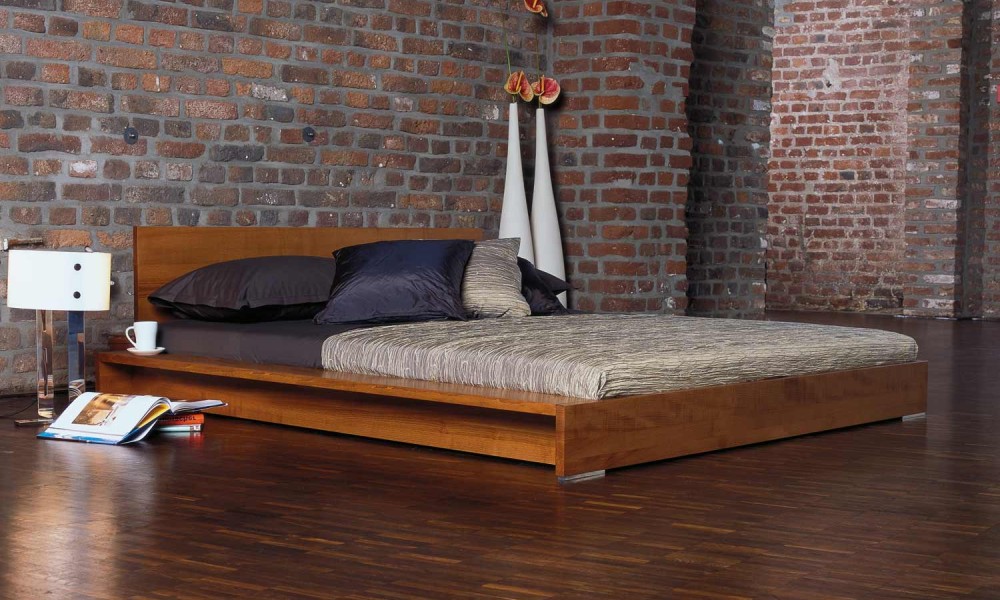
.jpg)
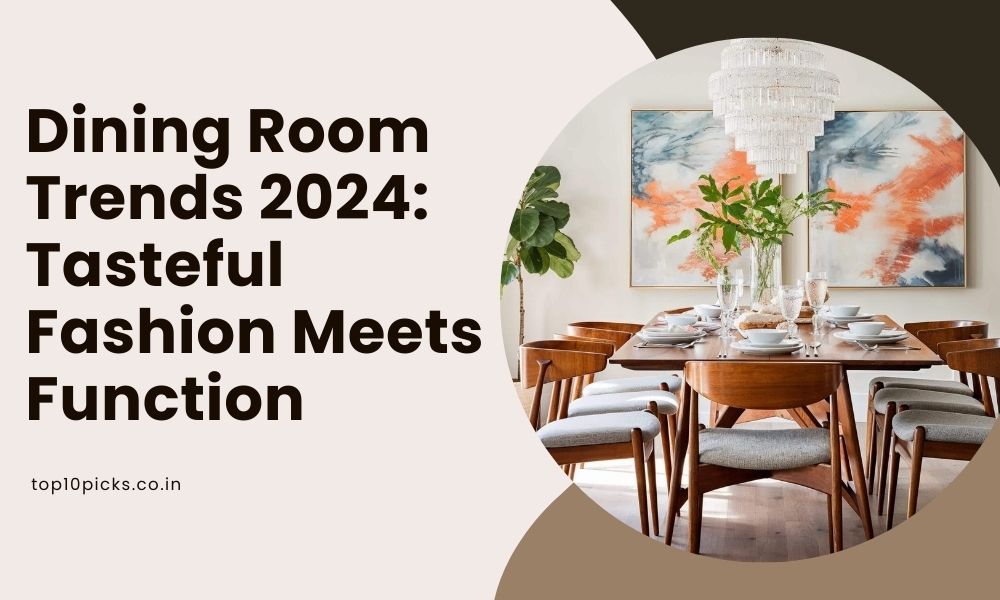
Furniture Fiesta Life & Culture
LIFE AND CULTURE SHOPPING TRENDS HOME TOURS DESIGN DECORATING

Art in interior design integrates diverse styles, colors, and themes to create cohesive spaces that reflect personal taste and evoke immersive experiences, utilizing techniques such as color blending, framing, contrast.
Have you ever walked into a room and felt instantly captivated by its ambiance? Perhaps it was the vibrant paintings adorning the walls or the carefully curated sculptures accentuating the space. This is where art transcends mere decoration and becomes the soul of interior design. Art has the remarkable ability to transform a space, turning it into an immersive experience that reflects the personality and style of its inhabitants.
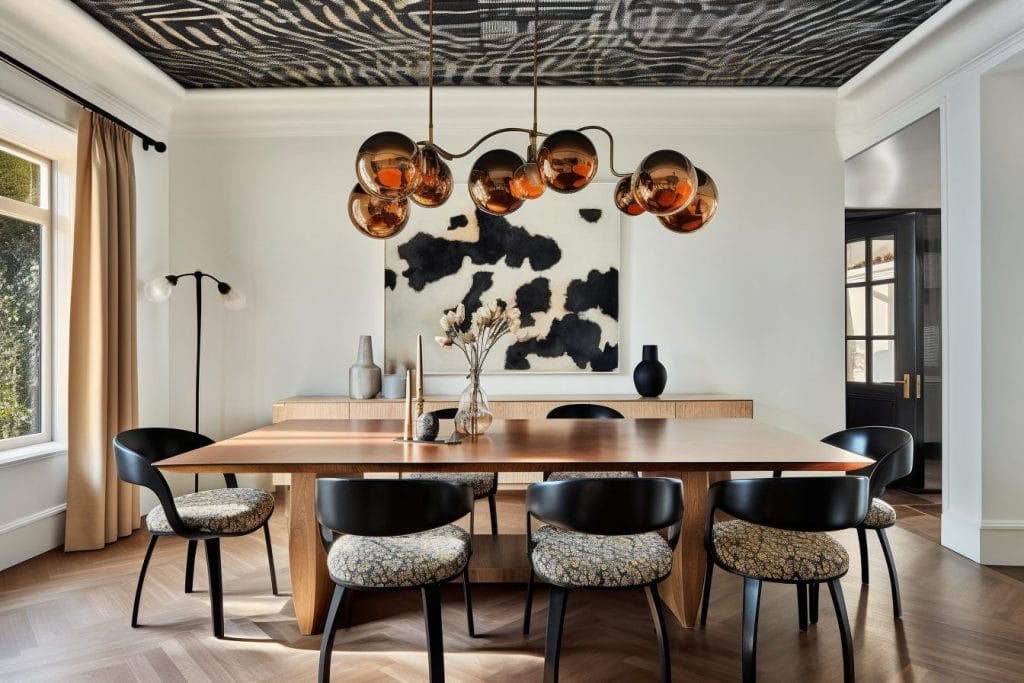
The process of selecting art for your interior is as personal as it is aesthetic. Most of us buy art as an intimate reflection of our tastes, lifestyles, and the narratives we wish to weave into our interior design ideas. And yet, the challenge often arises when the piece we adore doesn’t seem to match our home’s style.
Is your interior minimalist, bohemian, traditional, or something else? Acknowledging this can help you set a foundation upon which to introduce art, regardless of its style.
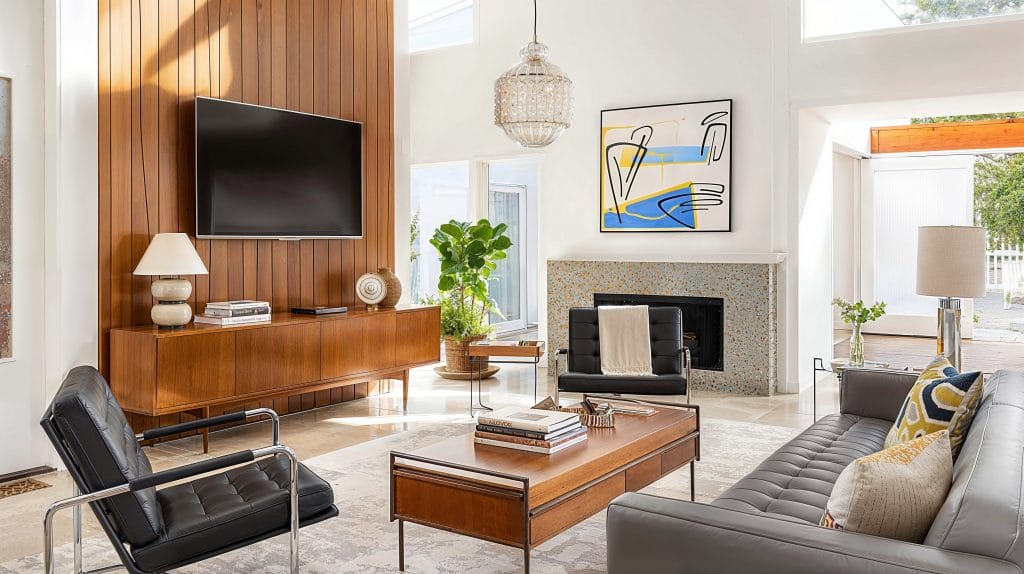
Assess your home’s existing decor, lighting conditions, and color schemes.
Consider the scale: a large sculpture or painting can work as a single statement piece of art for the living room.
Think about the mood you want to evoke with art in interior design, whether it’s abstract prints for the living room or a tranquil bedroom artwork.
Mix and match different types of paintings for home decoration, but find a unifying thread for consistency.
When choosing art for your home, determine the focal points where artwork can draw the eye and provoke thought or conversation.
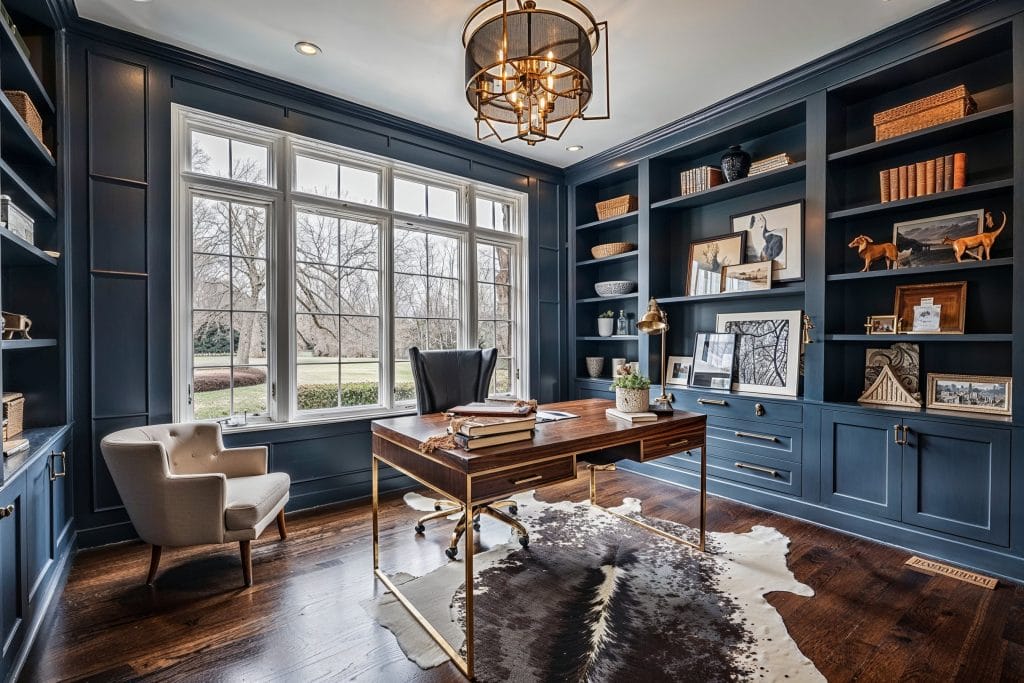
Choosing art for your home is a personal and rewarding experience. You can confidently begin your art-buying journey by understanding your space, defining your style, and setting a budget.
Explore different art sources, trust your instincts, and let your personality shine through in your choices. If it resonates with you, evokes emotion, looks interesting—then that’s it! With some time and effort, you can curate a collection that reflects you and enhances your home decor for years to come.
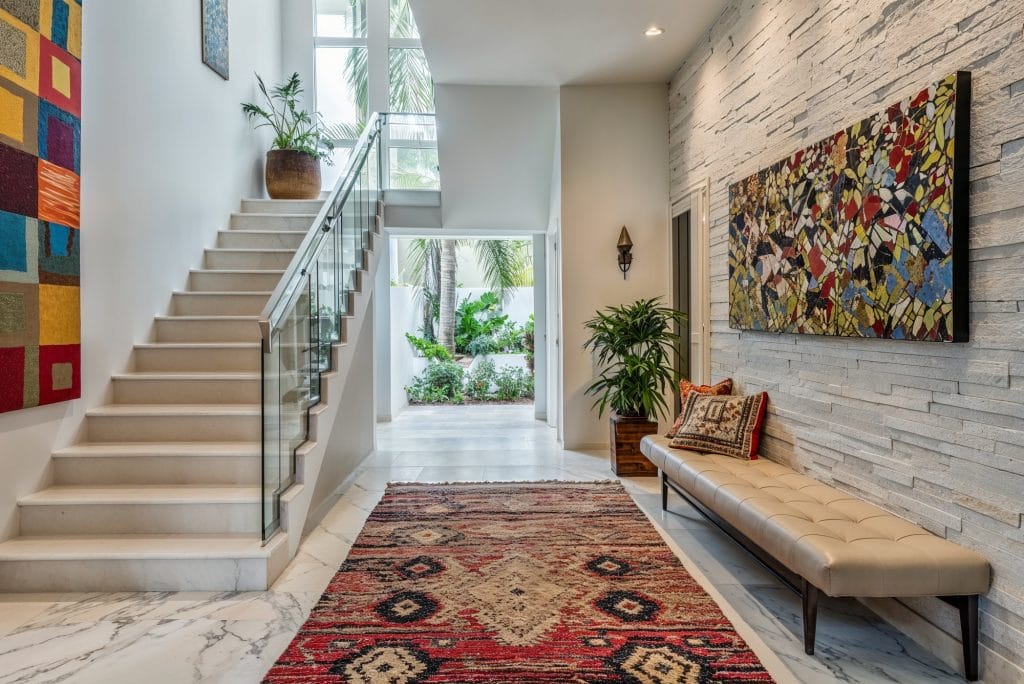
One common way to merge art and interior design of varying styles is through color. A foolproof method for buying paintings for home decoration is to think about the existing scheme and use it to disperse the same hues throughout the room.
An abstract, vibrant piece can enliven a minimalist room if the shades within the artwork echo those found in the room’s accents. Alternatively, monochrome art can offer a striking contrast in a boldly coloured space, creating a focal point that draws the eye.

Framing is a powerful tool in marrying art with interior design. The right frame can impact an artwork, making it feel more contemporary, traditional, or eclectic. At the same time, it creates a visual bridge, linking the artwork’s style with that of the furniture and decor.

Contrast is a major principle in design for good reason. When used intentionally, it can also unify disparate styles. For instance, placing a contemporary piece of art in a room with classic, traditional furnishings can create an engaging juxtaposition that highlights the beauty of both the art and the decor.

Select and repeat some aspects of your artwork in other parts of the room. For example, if a specific piece incorporates vibrant blue tones, consider introducing cushions, vases, or even books of a similar shade. In addition, repeat the artwork’s texture or material elsewhere—and vice versa. A metallic sculpture can complement even brass door handles, enhancing the space’s unity with a subtle yet effective detail.

Incorporating transitional art pieces that merge elements from various styles can help bridge the gap between contrasting designs. For example, use a modernist sculpture on a vintage console table as a statement piece that draws together the modern and the traditional. Furniture or decor that features both contemporary and classic characteristics can serve as a middle ground, making it easier to integrate art from either spectrum. For extra bold and chic points, consider incorporating a versatile rotating display stand that will allow you to effortlessly switch between contemporary and classic artwork.

Layering adds depth and interest to a room, and the same applies to art: it can help you integrate diverse art styles seamlessly. A contemporary abstract painting, for instance, might stand out beautifully against a brick wall. Or, you could use dimensional art to spruce up a monochrome room. Similarly, a classic portrait can be softened by placing it near textural elements like a shaggy rug or a modern curvy velvet sofa. Such layering softens the boundaries between different periods and styles, making them feel part of a cohesive whole.

Beyond visual elements, thematic links also unify different art and decor styles. Merge artwork and interior elements that share a common theme, such as nature, nautical, travel, or urban motifs. Blending art and interior by theme also allows for a broad interpretation of style, encouraging a less formulaic approach to design. It will promote a cohesive narrative throughout the space, regardless of stylistic differences.

The thoughtful use of negative space plays a significant role in blending different styles. Allow each piece, whether furniture or art, room to “breathe” by not overcrowding the layout to achieve a more balanced look. Negative space acts as a neutral buffer, reducing visual clutter and highlighting the unique qualities of each design element. Strategically used, it can even become an additional art frame, conveying a whole new dimension around the piece.

Lighting can dramatically influence how art and design styles are perceived together. Directed lighting can draw attention to art pieces, making them stand out as focal points, while ambient luminance unifies elements with a warm, cohesive glow. Experiment with a mix of ambient, task, and accent lighting to illuminate artworks and furniture in a way that highlights their best features. Or integrate a unique fixture whose design resembles an art piece by itself. In return, it will soften the contrasts between different styles.

For those seeking flexibility, alternatives are vast and no less stylish. Use genuine tapestries or framed native textiles, create tabletop vignettes, or cluster freestanding sculptural pieces to introduce dimensionality and shadow play. Moreover, your furniture can be art too. Furniture transcends mere functionality when it becomes a statement piece, seamlessly blending practicality with artistic expression. From sculptural chairs to intricately designed tables, each piece not only serves a purpose but also adds a unique aesthetic dimension to the space.